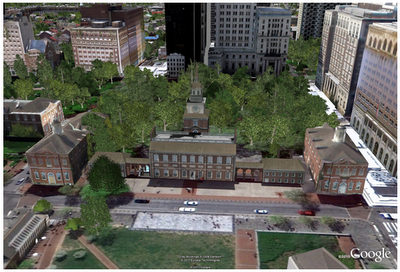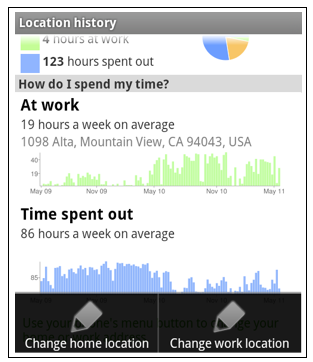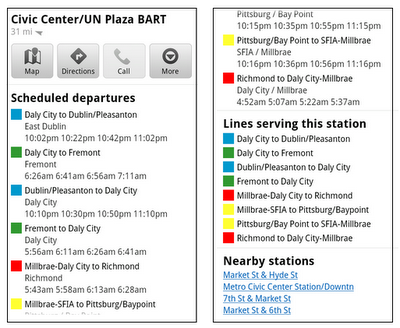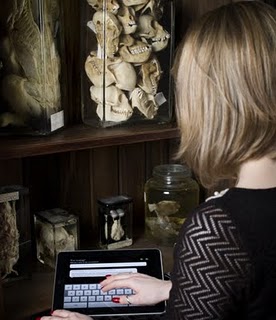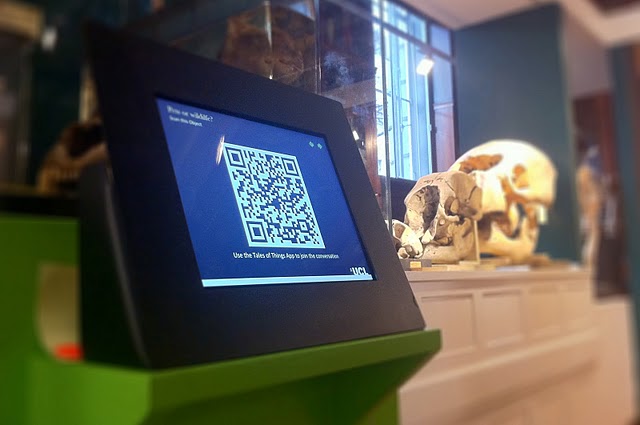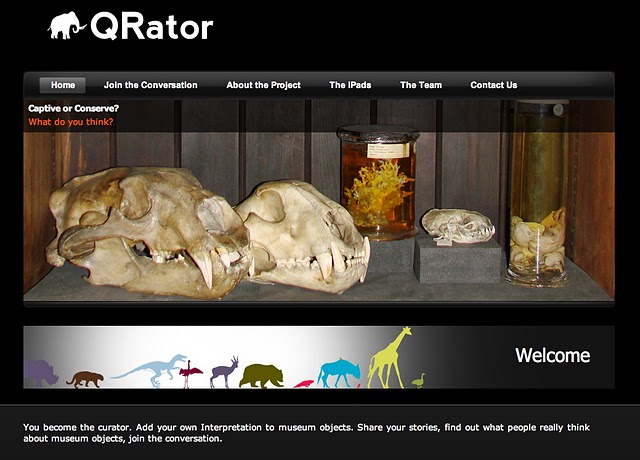Last month, we celebrated the trees of the great American wilderness on Arbor Day. Unfortunately, many of us don’t get the opportunity to visit majestic forests like these very often, which is why we’re making them available on Google Earth.
Since we first launched 3D trees in Google Earth 6 last November, we’ve worked to bring this experience to more cities. Today, we are happy to announce that the latest group of cities with 3D trees include: New York, Philadelphia, Boston, London and multiple cities in the California Bay Area.
This new 3D imagery brings new perspective to your favorite historical buildings and parks. In Philadelphia we have complemented the Independence Hall model with new 3D trees in Independence National Historic Park to enhance the realism of the historic site. Other examples are Delacorte Theater in New York City and the the famous Emerald Necklace, a gem of Boston designed by Frederick Law Olmsted, a shared experience and memory for many people – locals and visitors alike.
Independence Hall in Philadelphia, Pennsylvania
Delacorte Theater in New York City, New York
Boston Common in Boston, Massachusetts
We hope that among these new cities you find fond memories of a park, a tree lined street, or even a special tree where you’ve had a fun picnic or family outing. To relive those memories by viewing 3D Trees (or start planning to make new ones), make sure you check the “Trees” layer under “3D Buildings” in your Google Earth left panel. Enjoy the new tree-lined city streets and filled-in parks!
